Home>Ideas and Tips>Indoor Dracaena Plant Care Guide Low-Maintenance Houseplants


Ideas and Tips
Indoor Dracaena Plant Care Guide Low-Maintenance Houseplants
Published: September 24, 2024
Learn how to care for Dracaena plants with our comprehensive guide. Perfect for beginners, these low-maintenance houseplants thrive in various lighting conditions.
(Many of the links in this article redirect to a specific reviewed product. Your purchase of these products through affiliate links helps to generate commission for Storables.com, at no extra cost. Learn more)
Dracaena plants are among the most popular and versatile houseplants, known for their ability to thrive in a variety of lighting conditions and their low-maintenance care requirements. These plants come in a wide range of species and cultivars, each offering unique characteristics and benefits. In this comprehensive guide, we will delve into the essential care requirements for indoor Dracaena plants, making them perfect for both beginners and experienced plant enthusiasts.
Dracaena plants belong to the Asparagaceae family and are native to Africa, South Asia, North Australia, and Central America. There are hundreds of species within the Dracaena genus, each offering distinct leaf shapes, colors, and patterns. Some of the most common varieties include Dracaena White Stripe, Dracaena Marginata cane, Dracaena Janet Craig, Dracaena Lemon Lime, and Dracaena Hawaiian Sunshine.
Why should you choose Dracaena? Well, there are several compelling reasons:
- Air Purification: Dracaena plants are renowned for their ability to purify the air. According to NASA studies, they can remove multiple chemicals from the air, including benzene and formaldehyde.
- Low Maintenance: Dracaena plants are drought-tolerant and require minimal care. They can thrive in low-light conditions and are forgiving if you forget to water them from time to time.
- Versatility: With over 100 species, there is a Dracaena variety to suit every decor and lighting condition.
- Long Lifespan: Dracaena plants can live for more than ten years with proper care, making them a long-term addition to your home or office.
One of the most significant advantages of Dracaena plants is their adaptability to different lighting conditions. While they prefer bright indirect light, they can also tolerate medium and low light levels.
Placing your Dracaena in a spot with bright indirect light will promote healthy growth and vibrant foliage. This type of lighting is ideal for most varieties of Dracaena and can be achieved by positioning the plant near an east-facing window or using sheer curtains to filter the sun.
If direct sunlight is not available, Dracaena plants can still thrive in medium light conditions. This is particularly useful for rooms with limited natural light or for those who prefer a more subtle aesthetic.
While Dracaena plants can survive in low light conditions, they will not grow as quickly or maintain their vibrant colors. However, varieties like Dracaena warneckii and Dracaena ‘Janet Craig Compacta’ are well-suited for longer-term placement in low sunlight areas.
Direct sunlight should be avoided as it can cause leaf scorch and discoloration. If your Dracaena is exposed to direct afternoon sun from western or southern exposures, it may suffer from burning leaves or faded foliage. Pulling the plant back a few feet from the windows can help mitigate this issue.
Watering is a crucial aspect of Dracaena care, and it's essential to strike the right balance between overwatering and underwatering.
Dracaena plants prefer to be underwatered rather than overwatered. Allow the topsoil to dry out somewhat between waterings. You can use your finger to feel the soil about 2” down or check the weight of the pot (the pot will become lighter as the soil dries out).
During the active growing season (spring through fall), water your Dracaena thoroughly each week, letting excess water drain through the pot into a tray or basin beneath. In winter, reduce watering to every two weeks, as the plant requires less moisture during its dormant period.
Overwatering is a common mistake that can lead to root rot and other problems. Signs of overwatering include yellowing leaves and droopy stems. If you notice these symptoms, reduce the frequency of watering but not the amount of water given.
Use distilled water or rainwater for watering your Dracaena, as tap water contains salts and minerals that can harm the plant.
Dracaena plants appreciate a bit of extra humidity, especially during the summer months. Here are some tips to maintain optimal humidity levels:
High humidity levels are beneficial for Dracaena growth. You can use humidifiers or place the pot on a tray filled with pebbles and water to increase the surrounding humidity.
Dracaena plants thrive in warm environments with temperatures ranging from 65°F to 78°F (18°C to 25°C) during the day. Night temperatures can drop about ten degrees cooler, but cold drafts and temperatures below 55°F (13°C) will harm the plant.
The right soil and fertilizer can significantly impact your Dracaena's health and growth.
Dracaena plants prefer well-draining, slightly acidic potting mix or garden soil. Use a peaty commercial potting mix that has good drainage capabilities to prevent clogging.
Fertilize your Dracaena once every two weeks to one month with a general houseplant fertilizer during the spring and summer months. Follow the directions on the package for the correct dosage.
You can also top-dress the plant at the start of the growing season with rich compost to provide additional nutrients.
Repotting is necessary when your Dracaena outgrows its container or when the soil becomes depleted of nutrients.
Repot your Dracaena in the spring or summer when the plant is actively growing. Check for roots actively growing out of the drainage holes in your plant’s pot as an indication that it needs repotting.
- Remove the Plant: Gently remove the plant from its pot.
- Loosen the Roots: Massage the roots to loosen them.
- Fresh Soil: Replant with fresh houseplant soil into a container that is no more than a couple of inches larger than the last one.
- Drainage: Ensure the new pot has good drainage capabilities by adding a layer of pebbles at the bottom.
Regular cleaning and pruning are essential for maintaining your Dracaena's health and appearance.
Dust can accumulate on the leaves of your Dracaena, which can lead to pest infestations and reduce photosynthesis efficiency. Clean the leaves occasionally by wiping them with a wet cloth or placing them outside in the rain.
Prune your Dracaena in the spring or summer when it is actively growing. Remove older leaves to keep the plant looking neat, and cut back stems at a 45-degree angle to encourage new growth and denser foliage.
Dracaena plants can be propagated using stem cuttings, which is a relatively simple process.
- Cutting Preparation: Cut a section of stem (at least 6 inches long) from the mother plant.
- Rooting Powder: Dip one end of the cut stem into rooting powder.
- Water or Soil: Place the stem in a small container of water or evenly moist soil.
- Root Development: Refresh the water every week and keep the soil evenly moist but not soggy. Wait for a good number of roots to develop before transplanting into a small container with enough room for the roots and some extra space for growth.
Despite their low-maintenance nature, Dracaena plants can still encounter various problems. Here are some common issues and their solutions:
Brown tips on your Dracaena may indicate under-watering or letting the soil dry out for extended periods. Allow the topsoil to dry about 75% before watering your plant.
Yellowing leaves are often a sign of overwatering. Reduce the frequency of watering but not the amount of water given to prevent root rot.
White or yellow spots on the leaves can develop due to direct sunlight and low temperatures. Place your Dracaena in a spot with filtered indoor light to prevent these issues.
Droopy leaves aren’t necessarily a sign that your plant needs water. Other possible causes include sudden changes in temperature, improper lighting, lack of humidity, or fungal disease.
Dracaena plants are an excellent choice for indoor gardening due to their versatility and low-maintenance care requirements. By following the guidelines outlined in this guide—regarding lighting, watering, humidity, soil, fertilization, repotting, cleaning, pruning, and propagation—you can ensure your Dracaena thrives and remains a beautiful addition to your home or office. Remember to be mindful of common problems and take appropriate action to address them promptly. With proper care, your Dracaena can provide years of enjoyment and air purification benefits while adding a touch of exotic elegance to any space.
Was this page helpful?
At Storables.com, we guarantee accurate and reliable information. Our content, validated by Expert Board Contributors, is crafted following stringent Editorial Policies. We're committed to providing you with well-researched, expert-backed insights for all your informational needs.
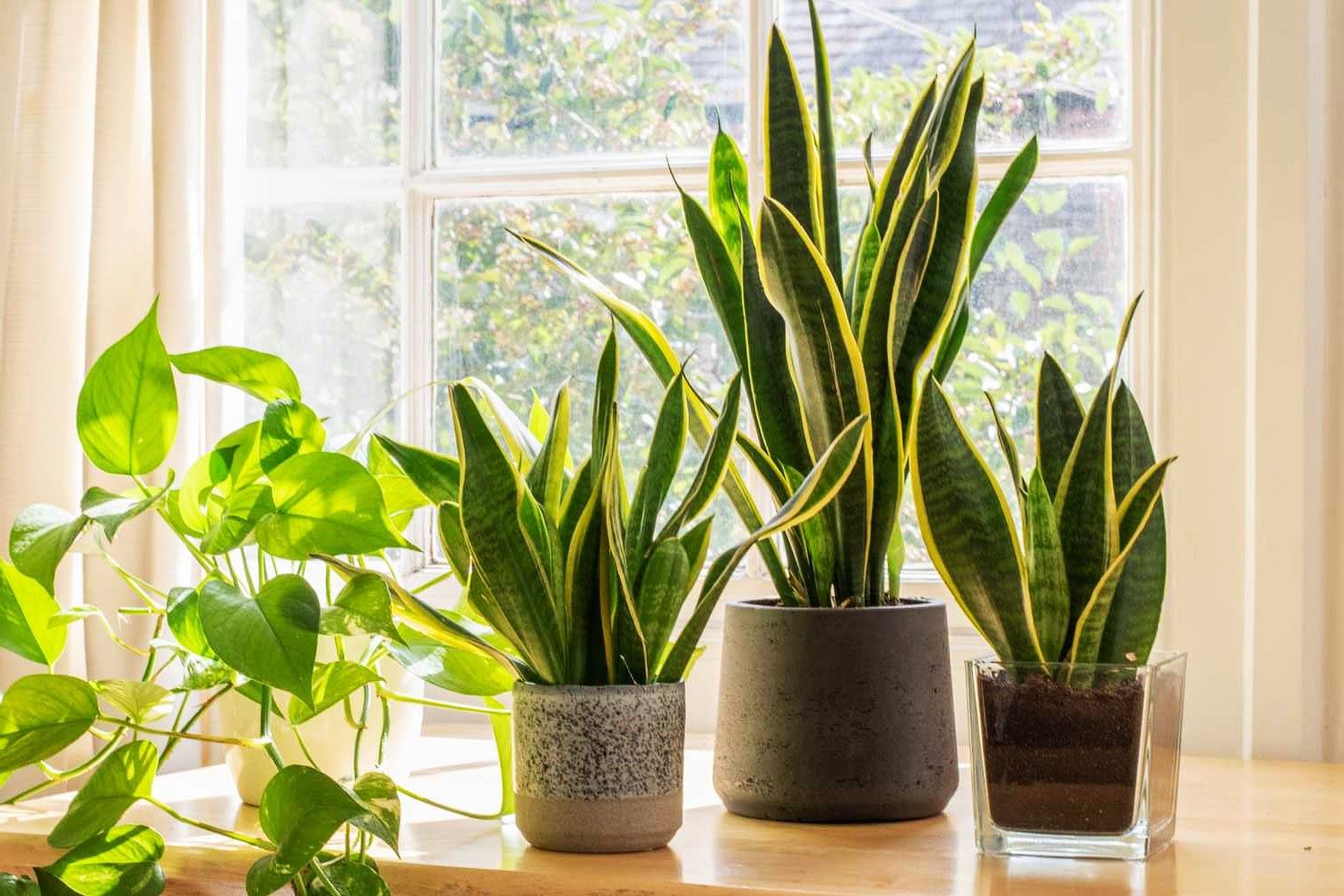
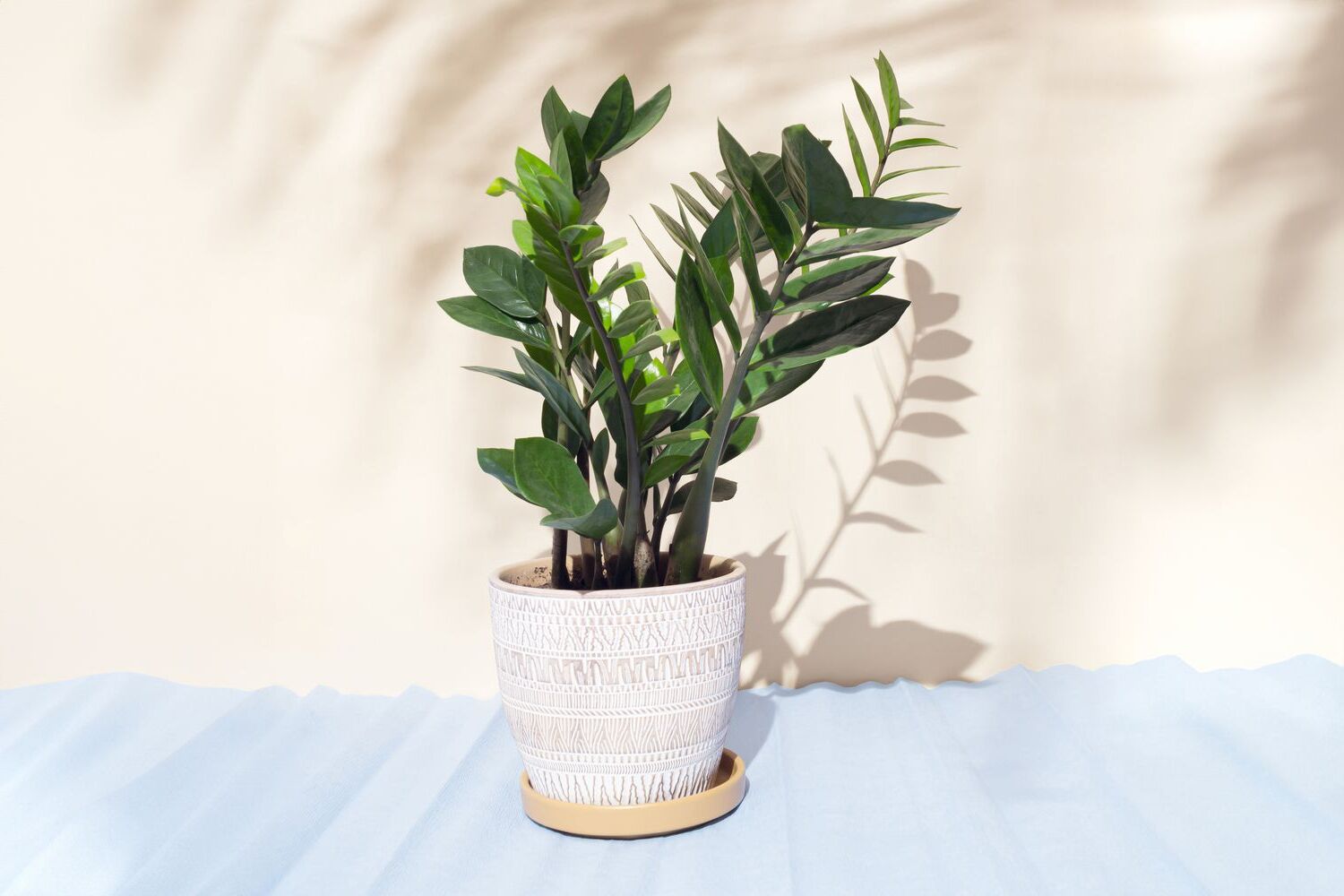
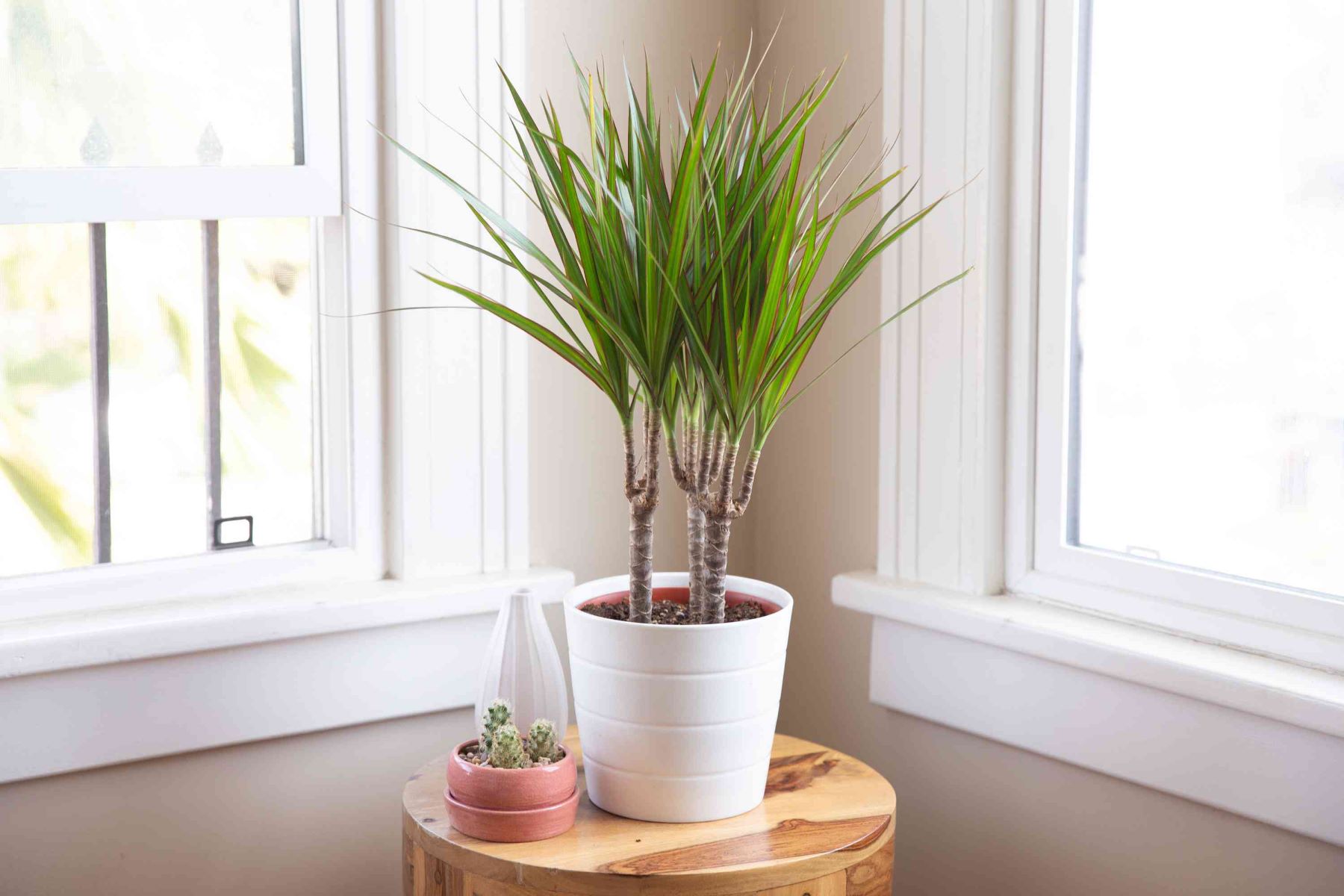
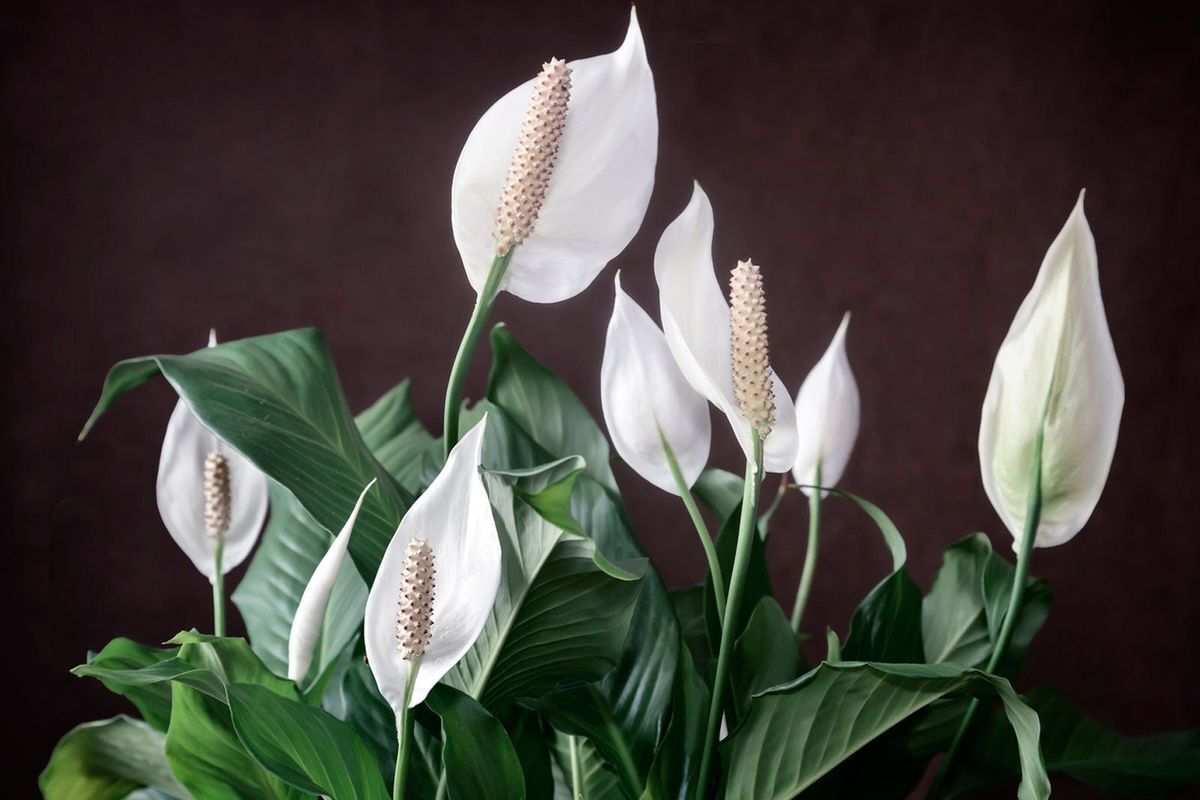
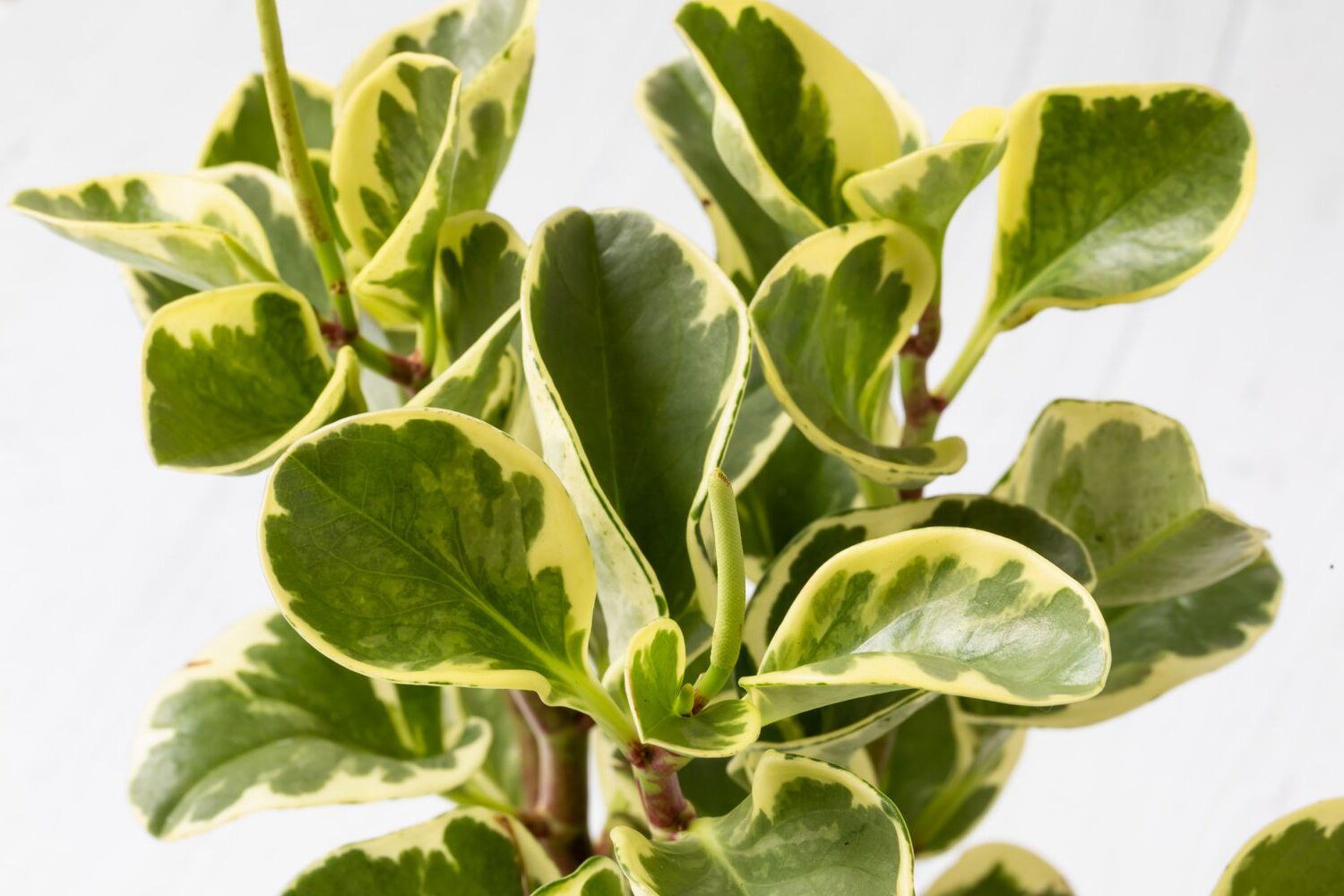
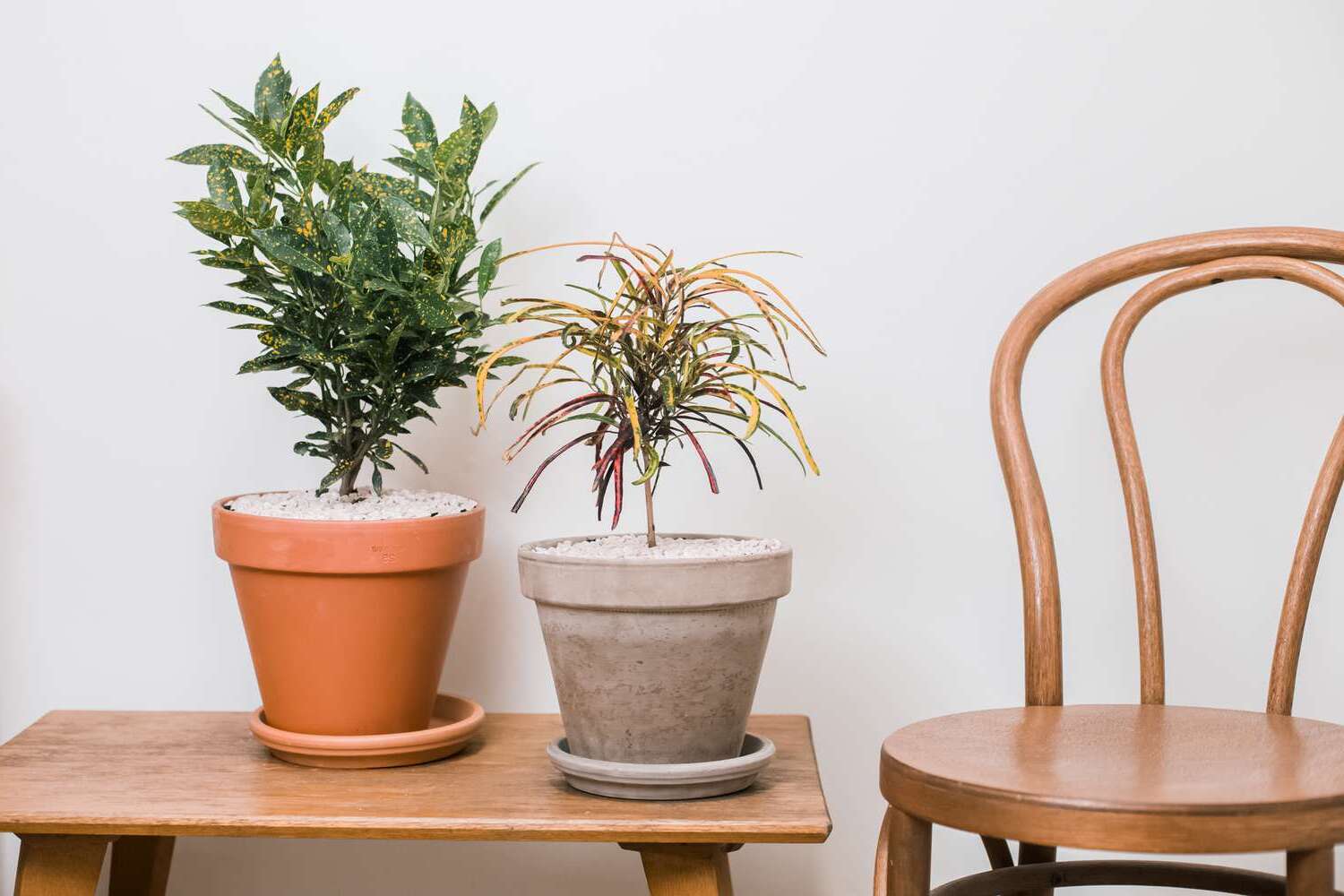
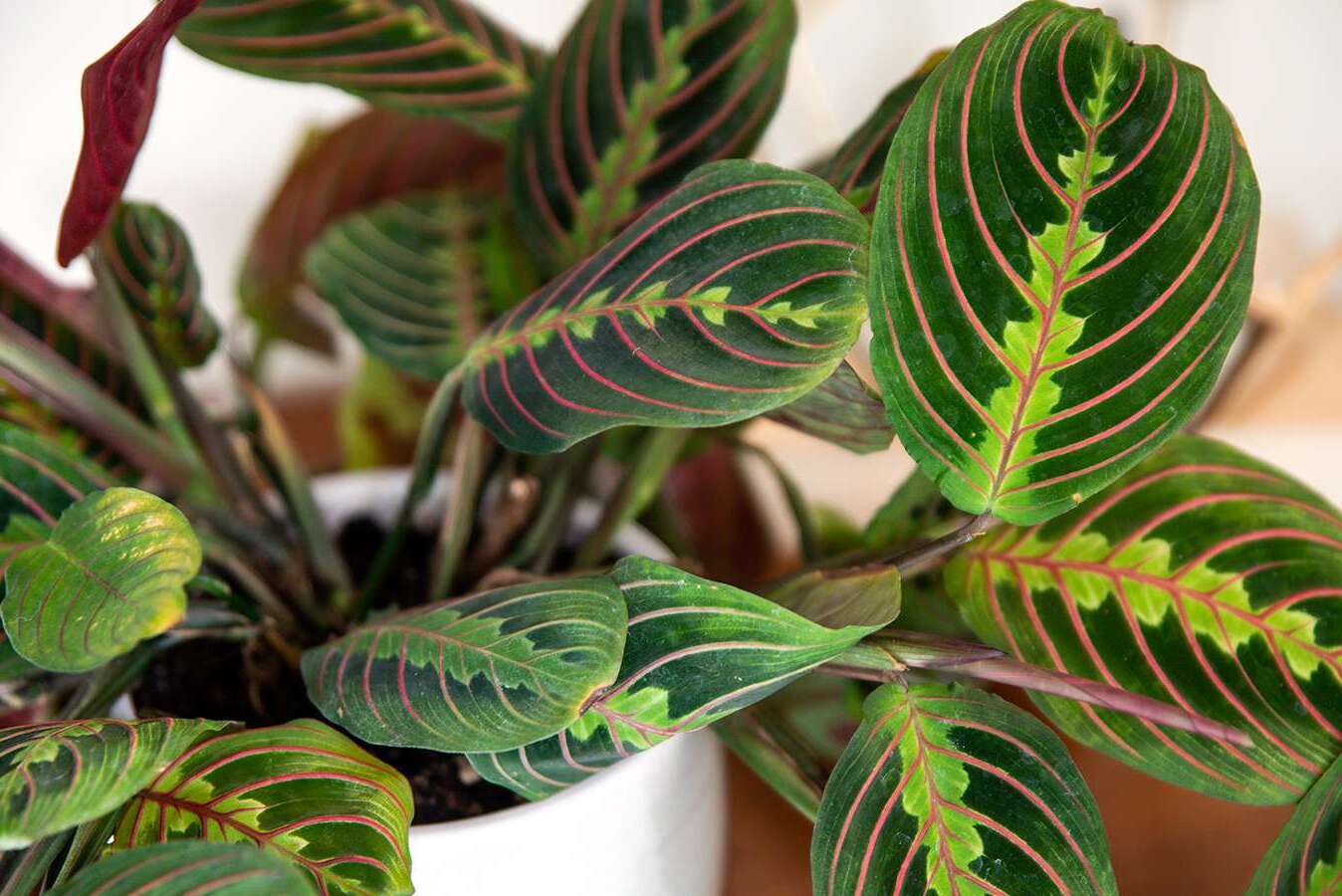
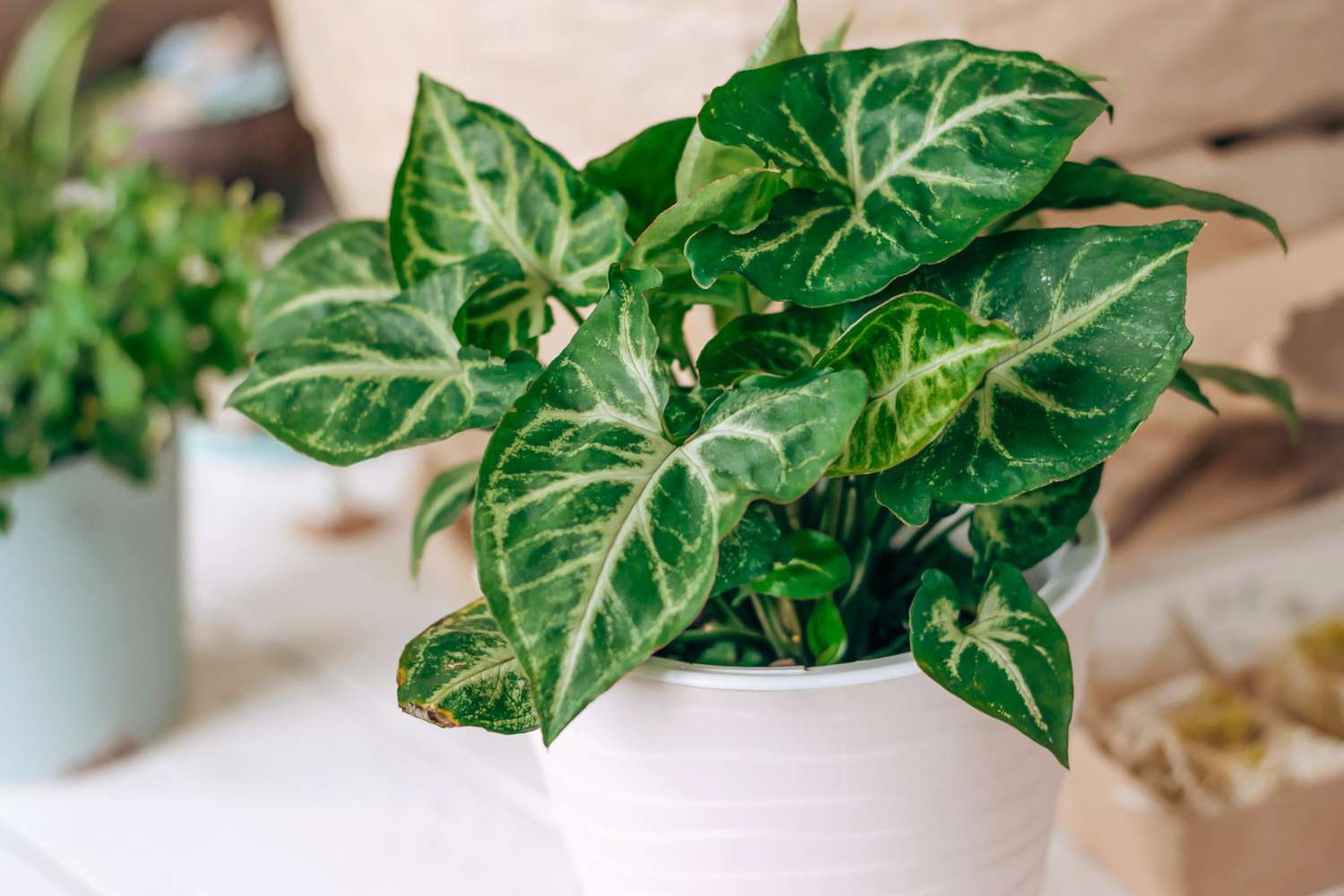
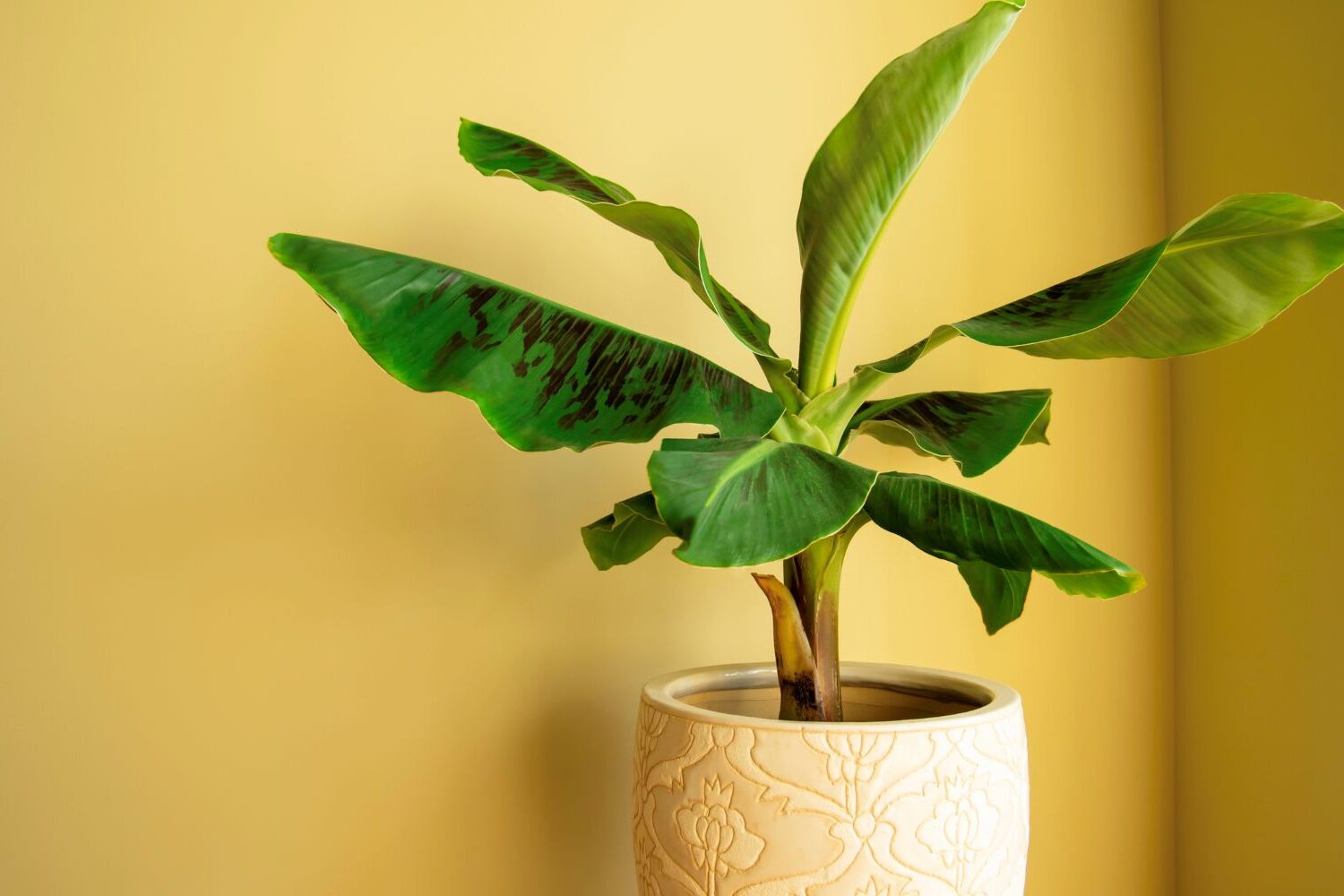
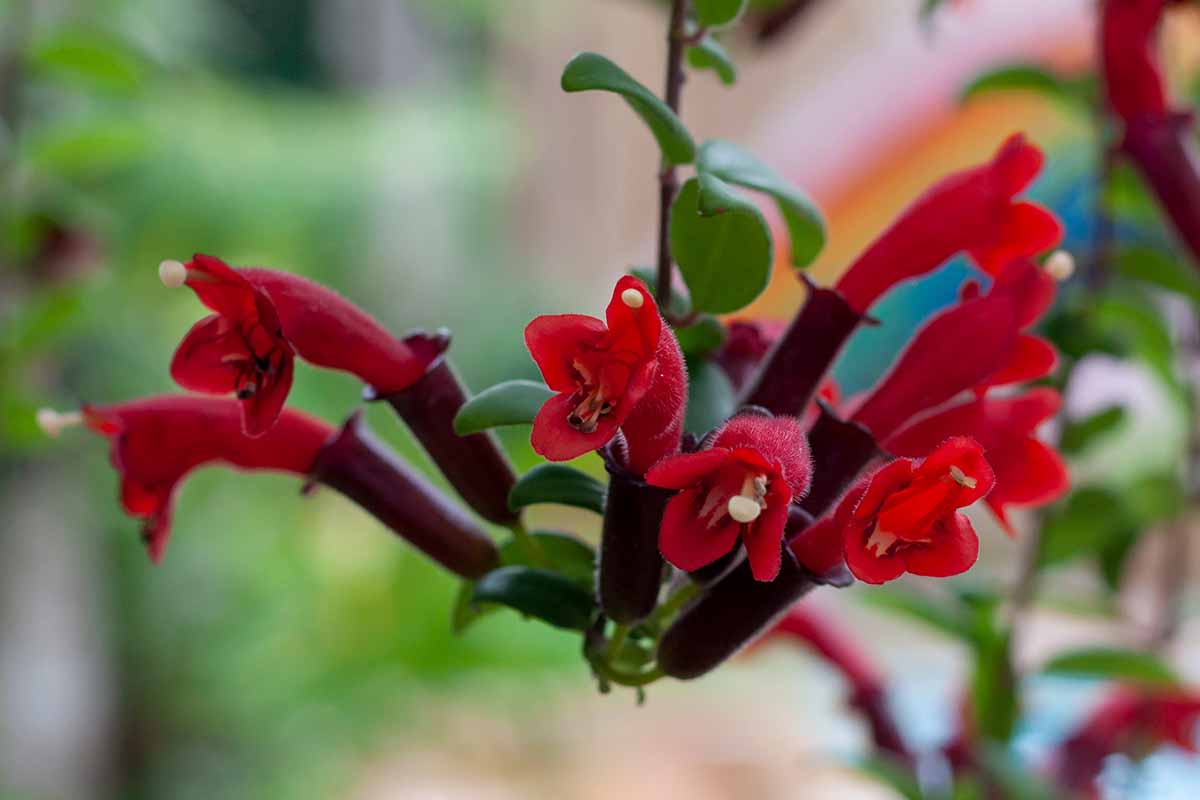
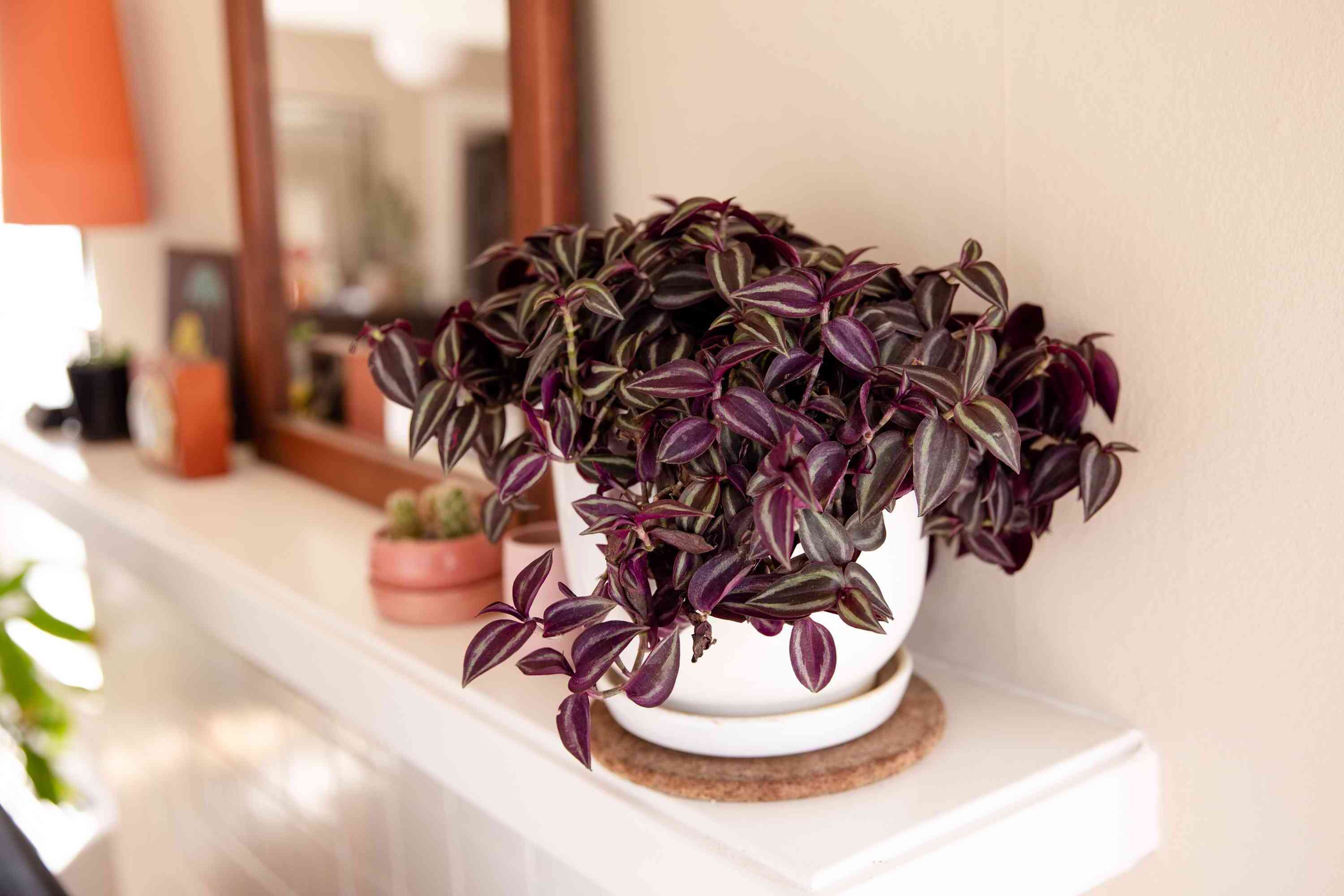
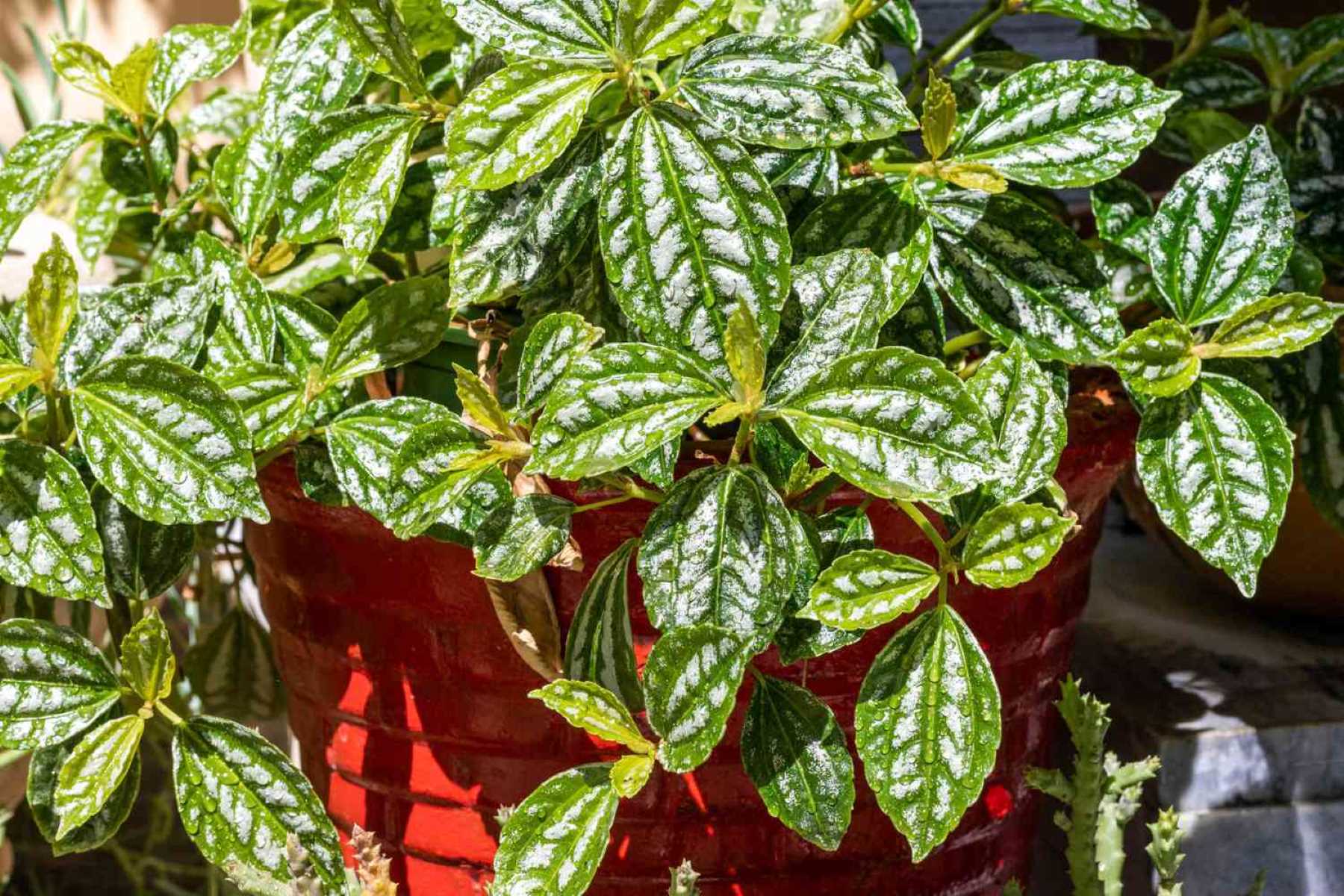
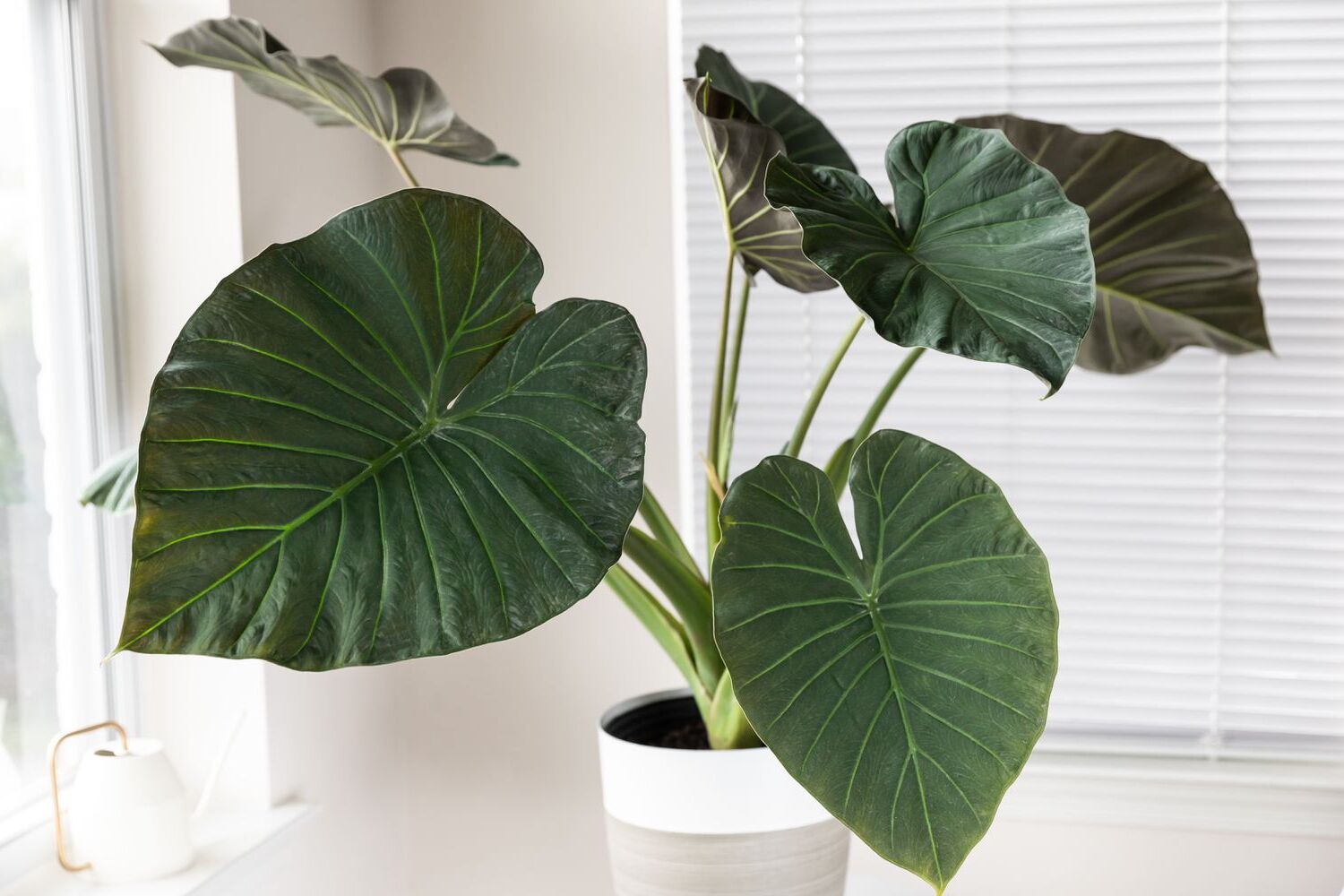
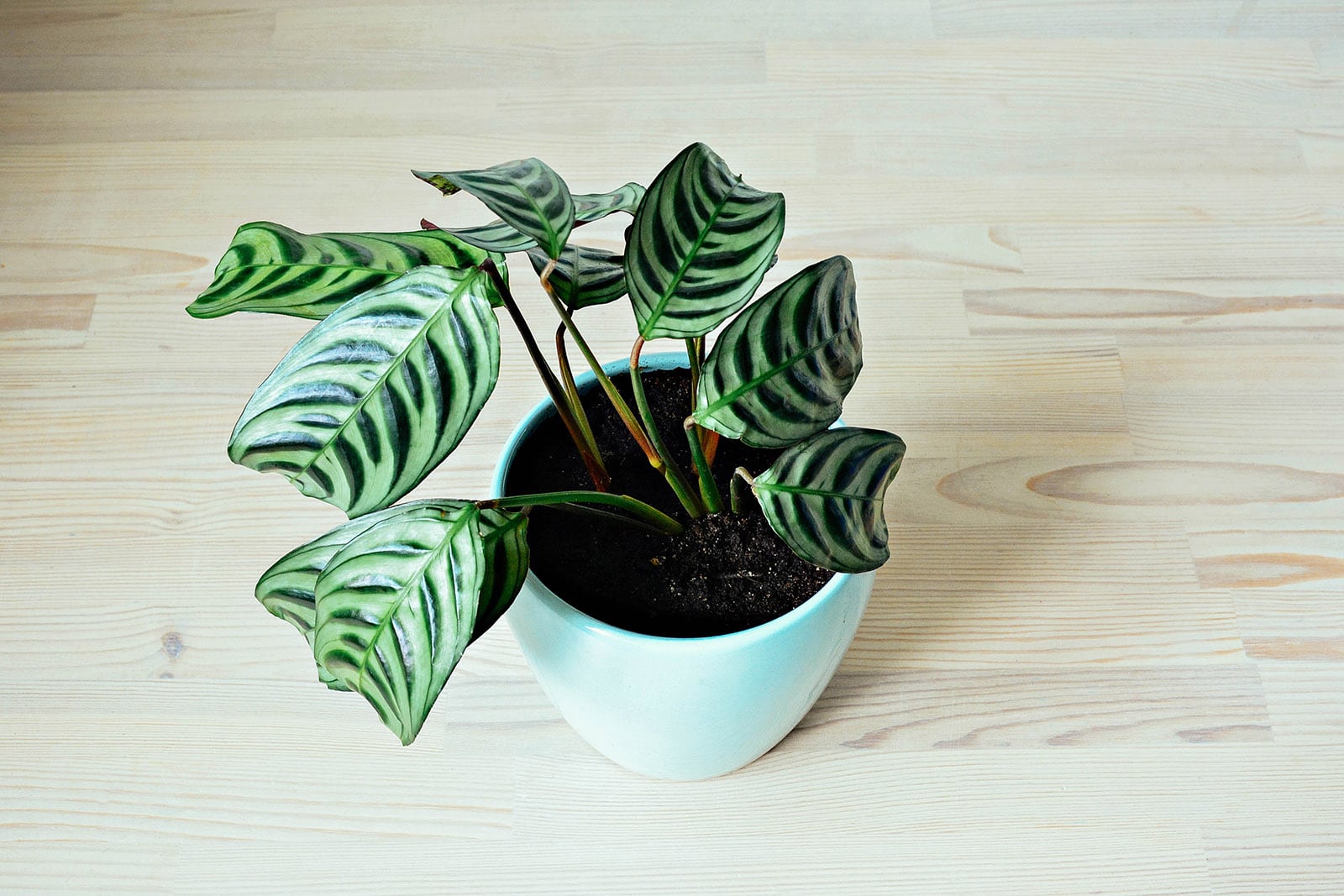
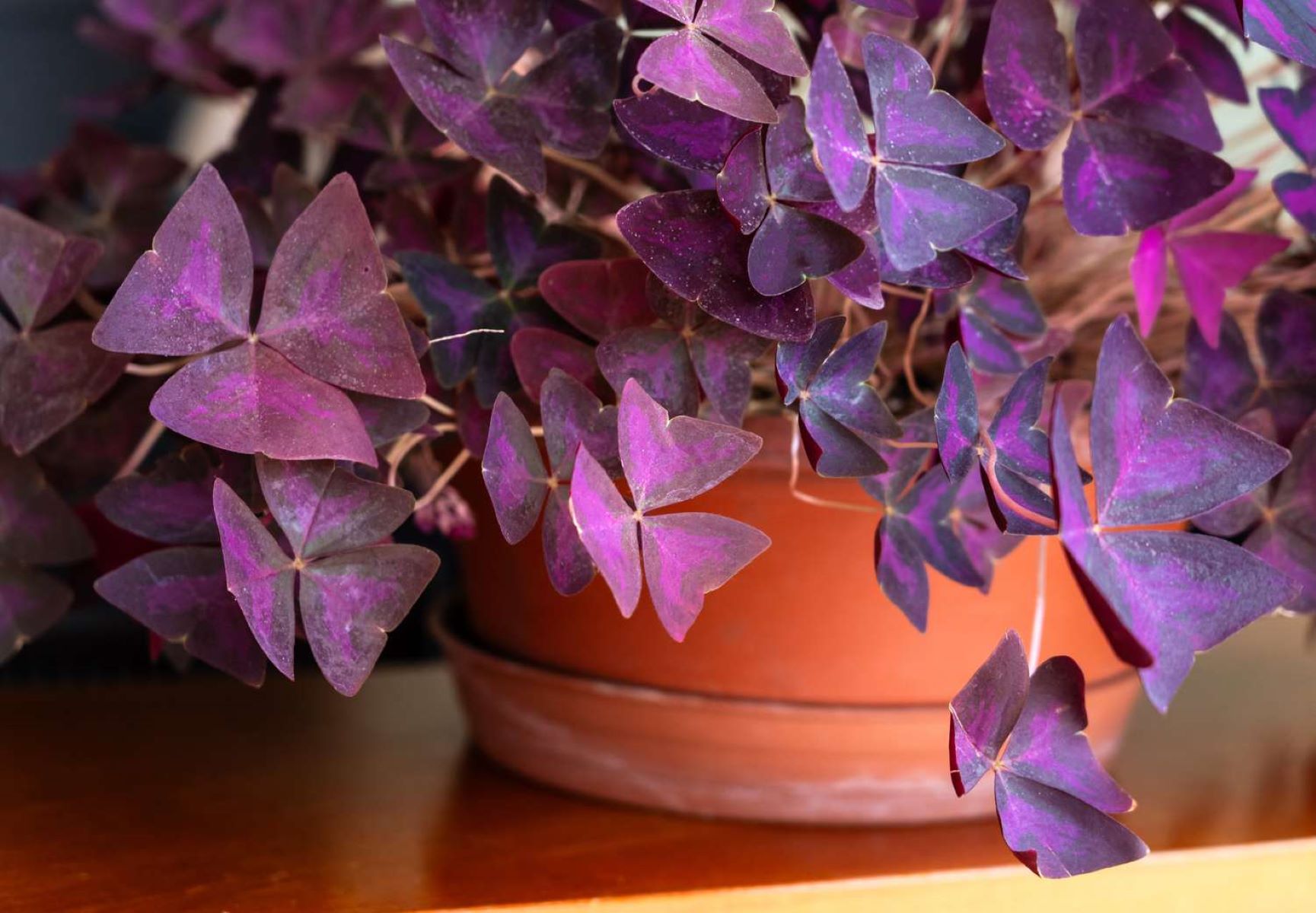
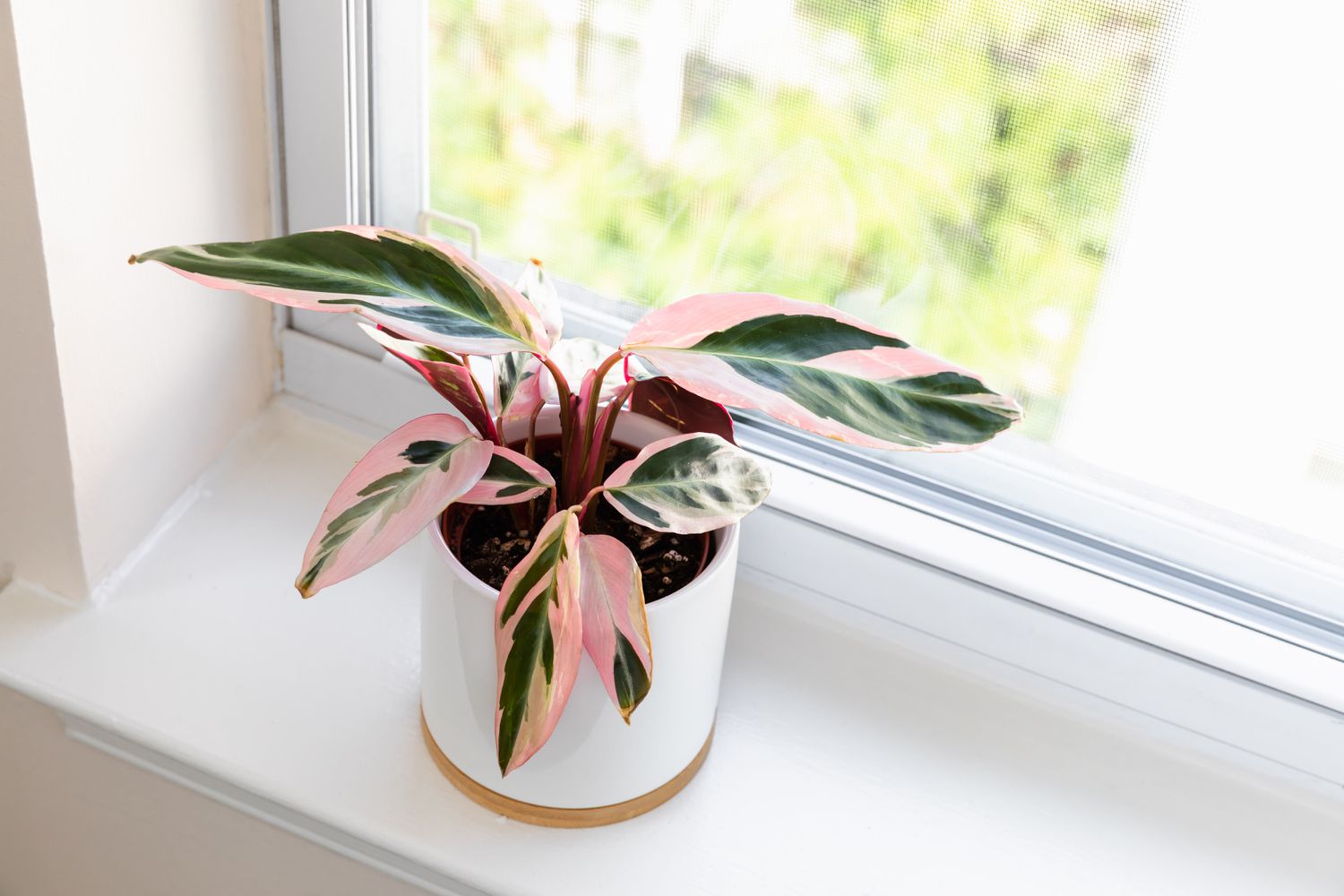

0 thoughts on “Indoor Dracaena Plant Care Guide Low-Maintenance Houseplants”